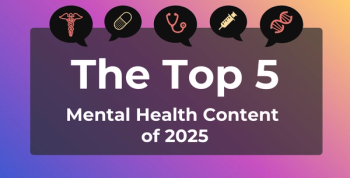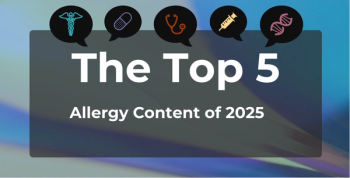
Trump Executive Order Could Reduce Pharmaceutical Costs by 59%
Key Takeaways
- Trump's executive order aims to reduce U.S. drug prices by aligning them with international rates, potentially cutting costs by 30% to 80%.
- The order targets pharmacy benefit managers (PBMs) and seeks to expand medication imports to lower drug prices.
The move would align prescription costs in the US with the costs of other countries, according to the administration.
President Donald J. Trump is planning to sign an executive order that he claims will
Drug prices within the US are set through the use of
Former President Joe Biden had signed the Inflation Reduction Act (IRA) into law in 2022, which allowed for the government to bypass PBMs and
However, prices for drugs remain high and, according to Reuters,1 the negotiated prices under the IRA were more than double the prices of the same drugs in other countries. The executive order from the Trump administration aims to establish “most favored nation” pricing that the administration claims will reduce the price of drugs between 30% and 80%. A similar policy was introduced during Trump’s first term for drugs covered by Medicare Part B, though it is unclear how many drugs will be covered under this new
The planned executive order directs the secretary of HHS, Robert F. Kennedy Jr, to encourage lower prices to drugmakers as well as set targets for price reductions in the country. Rulemaking could be used to lower drug prices if there hasn’t been progress made toward that goal. Expanding medication imports beyond Canada, considering export restrictions, and enforcing actions that would lower competition will also be included in the executive order.
The order is expected to meet resistance from the pharmaceutical industry, which claims that these price reductions will affect their ability to research new drugs and may hurt their profit margin. The pharmaceutical industry had previously sued the government over the earlier iteration of the policy at the end of the last Trump administration in 2020. According to PhRMA, the executive order would cost drugmakers up to $1 trillion over a decade, which would be in addition to any loss of profit through the tariffs on medicine imported to the US, announced last week.
With the planned signing of the executive order, it is unclear how much of it will stay intact after legal battles ensue and how these potential pricing negotiations could work in concert with those done through the IRA for Medicare.
References
- Reuters. Trump to sign drug pricing executive order, promises 59% cut. Reuters. May 12, 2025. Accessed May 12, 2025.
https://www.reuters.com/business/healthcare-pharmaceuticals/trump-says-he-will-cut-drug-prices-by-59-2025-05-12/ - McNulty R. 5 things to know about PBMs’ influence on drug costs and access. AJMC®. August 2, 2024. Accessed May 12, 2025.
https://www.ajmc.com/view/5-things-to-know-about-pbms-influence-on-drug-costs-and-access - Cubanski J, Neuman T, Freed M. Explaining the prescription drug provisions in the Inflation Reduction Act. KFF. January 24, 2023. Accessed May 12, 2025.
https://www.kff.org/medicare/issue-brief/explaining-the-prescription-drug-provisions-in-the-inflation-reduction-act/ - Constantino AK. Trump to sign order to cut some U.S. drug prices to match those abroad. CNBC. May 12, 2025. Accessed May 12, 2025.
https://www.cnbc.com/2025/05/12/trump-drug-pricing-order-most-favored-nation.html
Newsletter
Stay ahead of policy, cost, and value—subscribe to AJMC for expert insights at the intersection of clinical care and health economics.







































